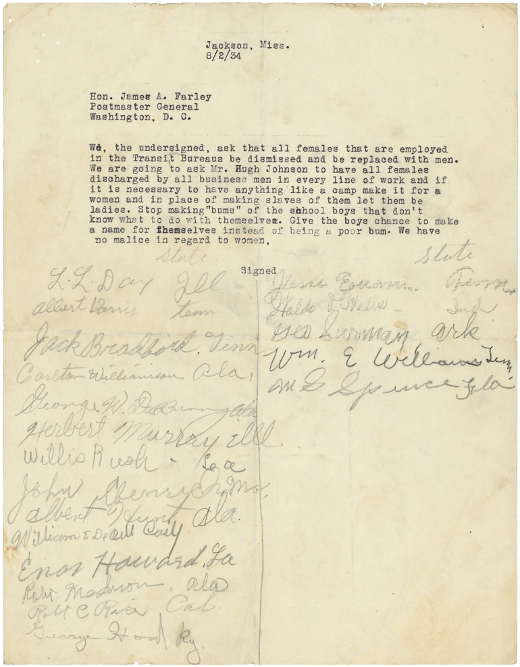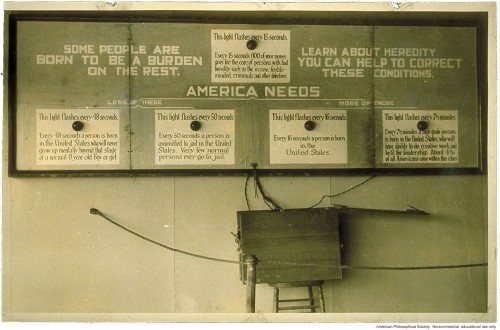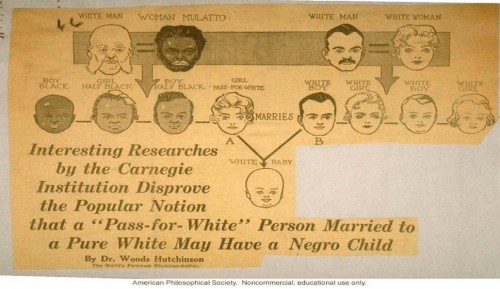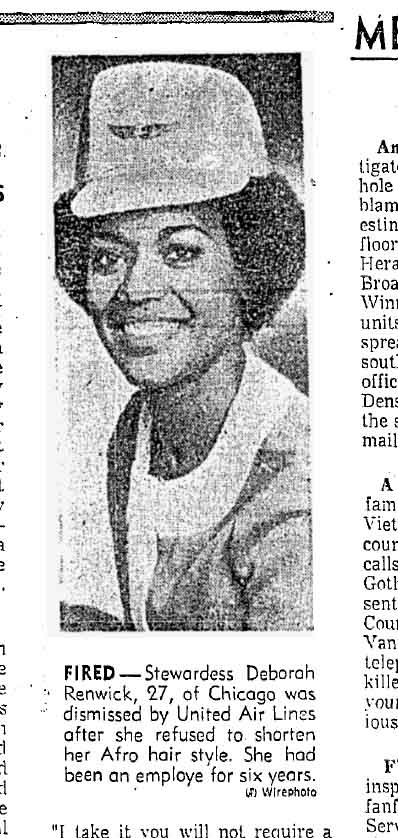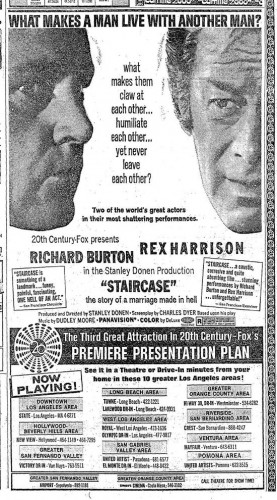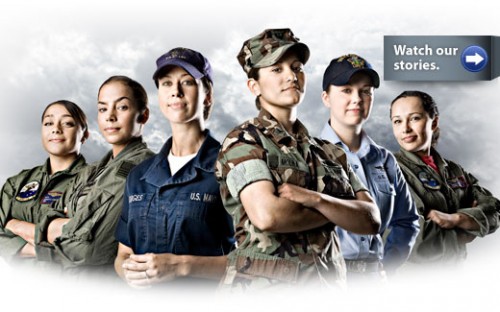Jessica G. drew our attention to the promotional material of Panty Raid. Panty Raid is two guys, Josh Mayer and Marty Folb, who produce dance music. As you might guess from their name, their materials include a dismissal of women as fans and an endorsement of men’s entitlement to sexual access to women. Their slogan for their album, Marine Parade, is: “Audio fondling your girlfriend.”
So, “you” are a straight guy. And, like it or not, these guys are such hegemons that they are makin’ it with your girl, whether she likes it or not.
There is more of this typical misogyny at their website (you can google it), but it was the promo shot below that Jessica felt compelled to send in.

This is a great illustration of what it looks like to embrace both white and male privilege. We see the bottom half of a black woman sitting with her legs apart and her underwear at her ankles. Were it not dark between her legs, you could see her vulva. Mayer and Folb, both white men, sit in front of her and look at the camera. Their expression and posture suggest utter disinterest.
This is where I think the privilege is revealed, and embraced, loud and clear. She is not a human being, she is a vagina and, even as a vagina, she is uninteresting. She is nothing, really. Like their sneakers, their trucker hats, and their hoodies, she is only a prop. What does a sexually available black woman signify? Urban cred? Masculine domination of women? High status in a hierarchy of men? All of the above? Congratulations dudes: racist and sexist message sent and received.
—————————
Lisa Wade is a professor of sociology at Occidental College. You can follow her on Twitter and Facebook.

